The Sigma MAAT Orchestra/Vector XAC is probably the most flexible speaker I have heard, and when mated with a full Kondo set up, is one of the best systems I have listened to, and certainly in top 3 of commercial gear, i.e. something that can be replicated, is not a one-off, and where the system quality can be portable to other rooms with reasonable size.
I heard the speakers with:
- All Kondo gear including the 211 Gakuons,
- Another with Vyger – Allnic top of the line DHT phono – Dagostino preamp and Koda K70,
- Techdas AF2 and NAT Magma new, Riviera preamp, Thales Statement and Schroder CB arms
- Vyger – Conrad johnson phono – Lamm preamp – Lamm M1.2 hybrids.
Each speaker has 2 Heil air motion tweeters with neodymium magnets, 5 six inch midrange units, and 2 carbon fibre 15 inch woofers. You can adjust the tweeters with a remote, and in the Vector, also the midrange drivers. You can change the position and orientation, to suit your room and imaging preference. The designer Aldo himself will visit a few times to help with the set up. The woofer ports can be tuned. Each speaker is approx 340kg, 3-way, claimed 102 db sensitivity, 8 ohm flat impedance. Two of the speakers I heard had Duelund crossovers.
I have heard Kondo before lose steam trying to drive Apogee Divas. I also heard the Kondo m1000 mk2 in the late Detlof’s set up, compared to the Lamm preamp, documented on this site, with the large German Physiks, and the Kagura was compared to the Vitus on Magico. But hearing the Kondo drive speakers appropriate for them such as recently with a similar Kondo stack on Klangfilm Bionors and now the Sigma MAAT, has helped me appreciate Kondo better.
Andrea’s system is shown in the title pic – Kondo Gakuon 211 amps with stock tubes, Kondo m1000 mk2 preamp, Kondo Ginga table with Kondo SME V12 arm, Lyra Olympos, SFz SUT. Also Da Vinci Gabriel mk2 turntable that had two arms mounted on it – the 20k Da Vinci Virtu arm and Da Vinci cart, and Dynavector DV 505 arm with Lyra Atlas and Sfz SUT. The Da Vinci used Kondo GE1 for the phono, the Ginga used the inbuilt phono of the m1000mk2. Andrea’s system is one of the finest systems I have heard, and will write more about in this article. I had goose flesh multiple times while listening to it.
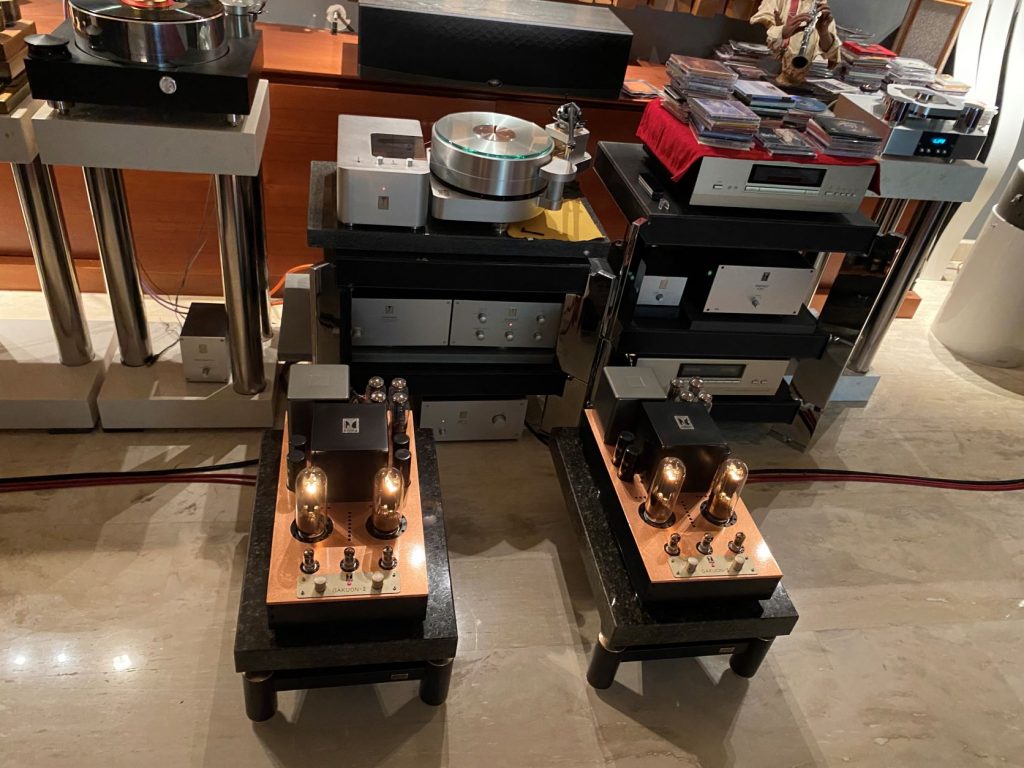
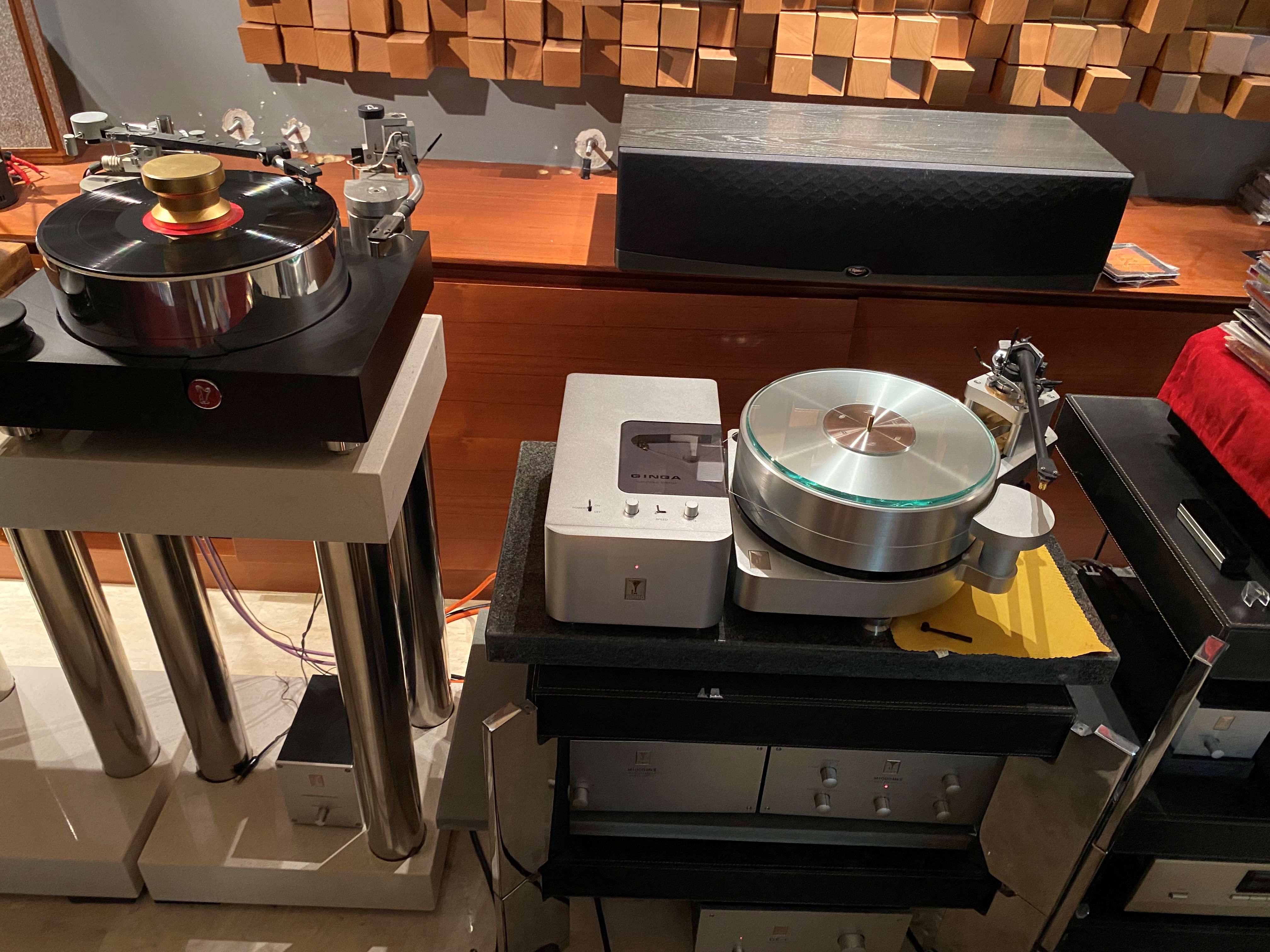
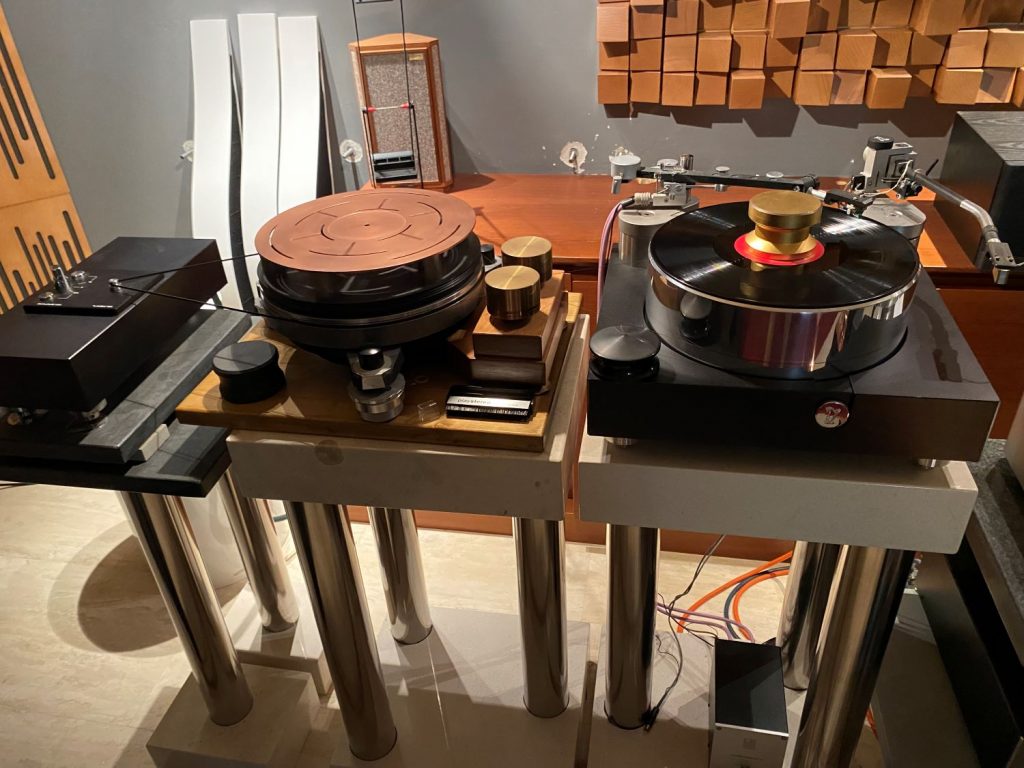
As I was investigating Vyger, I contacted an audiophile in Denmark named Bjarne, who owned the Vyger Indian for approx. 10 years. His recent acquisition was the Sigma MAAT Vector XAC speakers, with Allnic H8000 phono, Dagostino Preamp, Koda K70 power amp biwiring the speaker (he previously used two Soulution amps to biamp the speaker), Tripoint Signature, and a wonderful purpose built room for stereo and multichannel. He also owned the Soulution CD player. The system had various tweaks including Shakti Haliographs and Stillpoints.
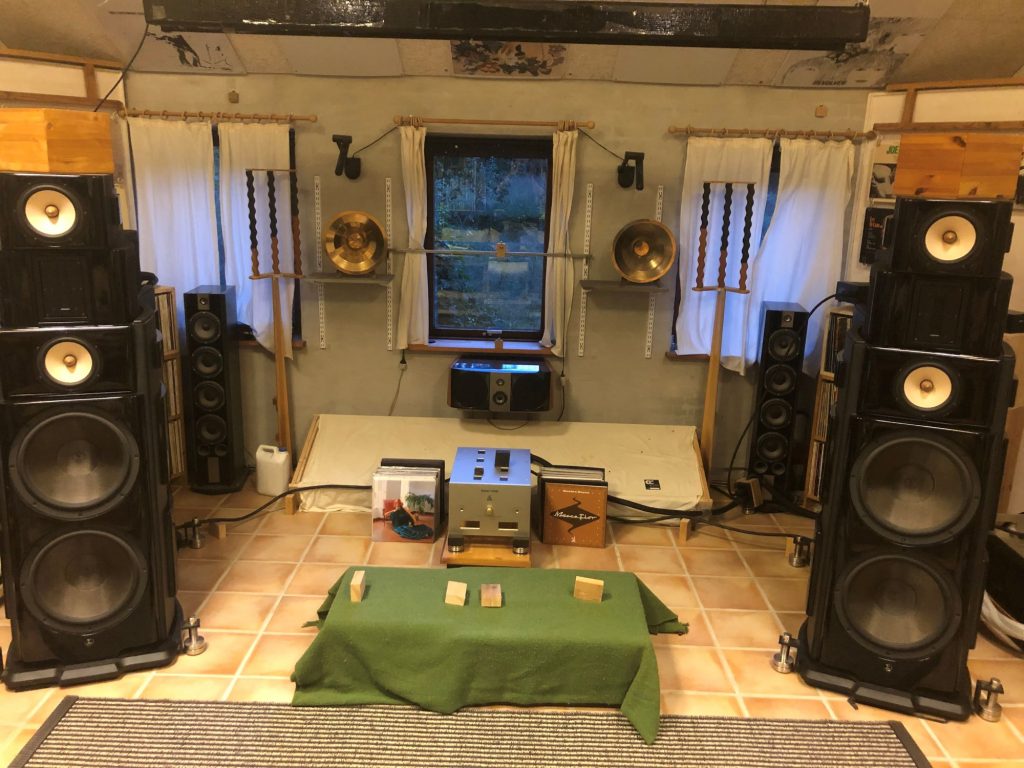
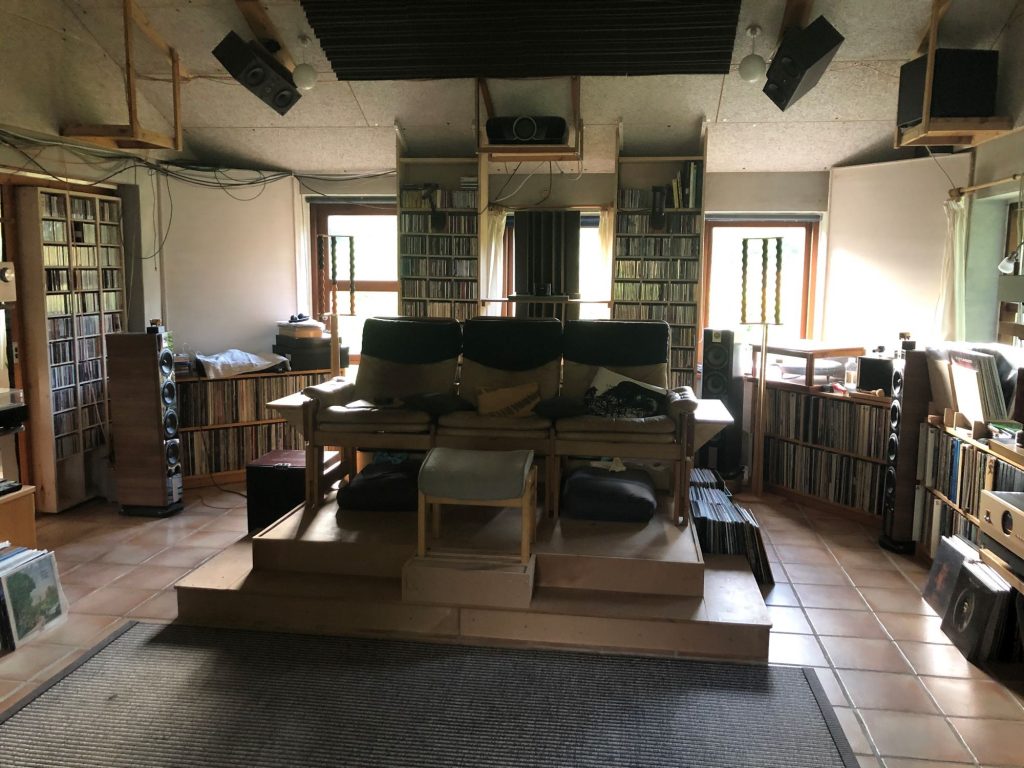
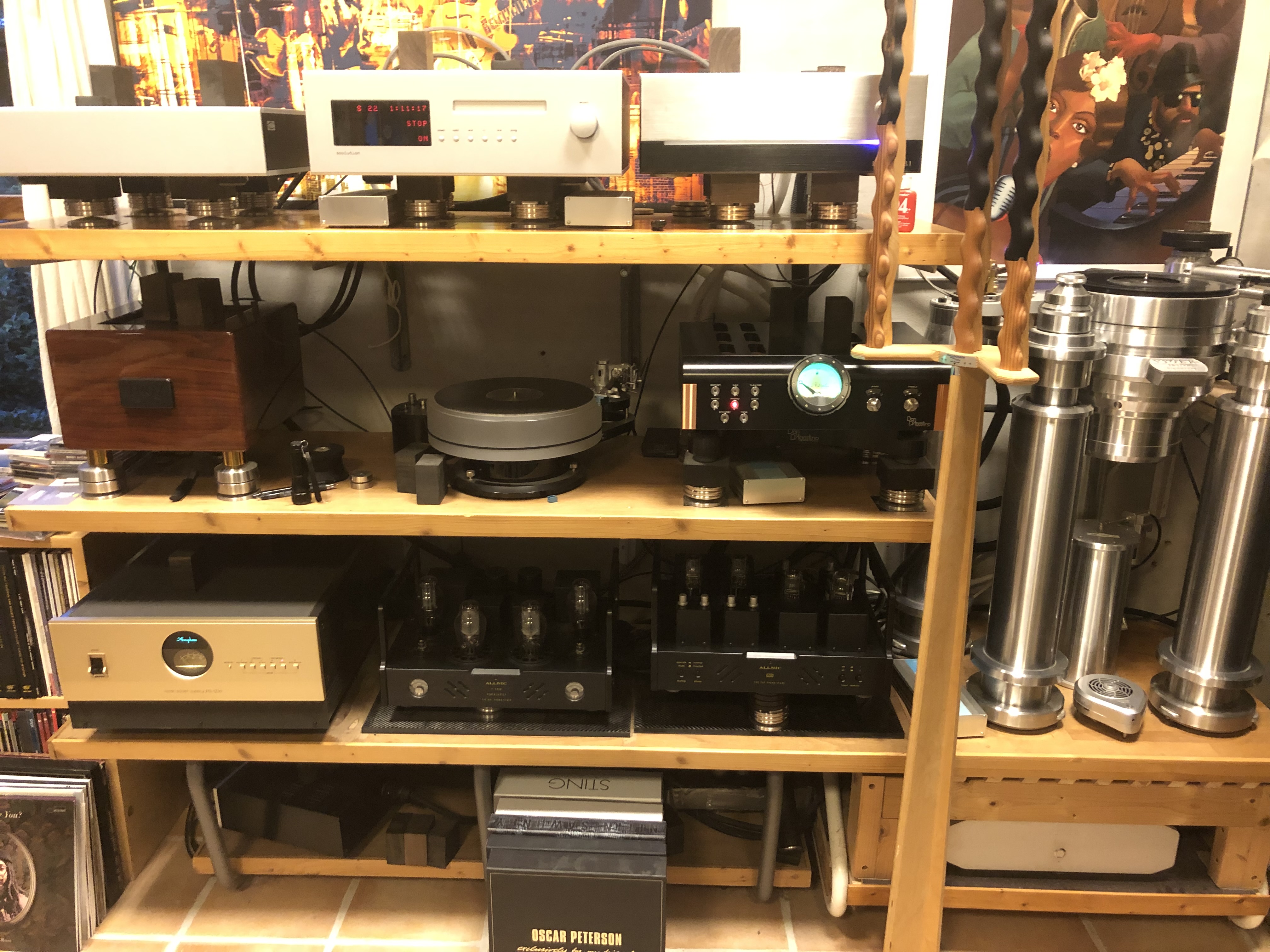
My prime objective was to listen to Vyger work well in a non-SETs horns system, as I was already sold on Vyger in SETs horns systems. I believe that micro nuances of LTs are more easily audible through simple triode circuits and simple crossovers.
The visit to Bjarne was interesting that in the greenery of Denmark, he lived on a farm where his family grew their own vegetables, and previously even had goats to make their own cheese. In a house built with clay and solar powered, music played in the room could be easily heard and enjoyed in the neighboring room.
What started as a session after breakfast early morning lasted for around 10 hours with only meal breaks and zero fatigue. I was quite amazed at the liquidity of the midrange, the ability of the speakers to disappear, and the weight.
I then followed up the trip by a visit to Toni (TZBC on WBF). It was my third visit to Toni, previously when he owned the TAD reference speakers, I had visited him to compare, on his Dohmann TT, the Schroder CB and Kuzma 4p, and had also done a shootout of FM 123 with the Thrax phono and the Audio tekne phono, and the FM 155 preamp with the Thrax preamp. We had also compared the Vertere table and arm with Top Wing Red Sparrow to his set up.
Toni had since replaced his TADs with the Sigma MAAT Orchestra (I never liked the TADs), his Dohmann with the Techdas AF2 retaining the Schroder CB arm and adding the Thales Statement, and swapping his amps for NAT Magma new, which along with the big amps from Trafomatic provide the most power and drive using triodes. Both NAT and Trafomatic are from Serbia.
Toni put me in contact with Aldo, the designer based in Italy, and with him I visited two other users, Manrico who had the Vyger Indian with Zyx and Conrad Johnson phono, and the Lamm M1.2 hybrids, and Andrea, who had one of the finest systems I have heard. Aldo himself designed speakers for Master sound in later 90s and also was part of the Leonardo team. I found him quite knowledgeable on analog, the recording process, originals and reissues, and a great gentleman to chat with regarding the hobby.
The Vector XAC at Bjarne’s in Denmark and Andrea’s in Italy has paper drivers for its midrange, and is the newer version of the speaker. The MAAT 2015 anniversary that Toni and Manrico have are slightly bigger but older and have a midrange made of zeta carbon which is similar to accuton.
My first impressions at each location were that these sounded like a easier to drive, more musical version of the Wilsons. Note that I say Wilsons, not Magico, Avalon, Verity, etc. They are fairly large, and the feel of weight and bass is similar to Alexandrias. Both Toni and Bjarne had set it to play amplified music. But unlike Wilsons, the speakers are more sensitive and easier to drive, allowing the use of many high quality low watt amps including the 50 watt Koda, and the Kondo Gakuon type SETs. At Toni’s I also got to briefly hear them with the Karan.
The other way to describe the sonics of the speaker is think about the wholesome, comfortable sound of a vintage Tannoy Gold, provided you like the vintage Tannoy golds (totally different from modern tannoys). These tannoys sound coherent, whole, comfortable, but lack modern resolution and speed. Well, with the Sigma speakers, simply think of a bigger Tannoy, and add the speed and resolution without taking away the comfort and wholesomeness.
Less grip suits the speakers as it lets them free. You can biamp the speakers, biwire them, or single amp them. Bjarne biwires with the Koda, and it will be interesting to see if such long complex Stealth speaker cables help or hinder a 40w amp driving big drivers. We will only know if he switches to shorter cables and moves the amp closer to the speaker.
I also preferred their midrange to most cones. My usual midrange preference in cones is Avalons, Zellaton, and Verity, when set up right. Non-cones, I like electrostats, Apogee/Analysis audio ribbons, and horns with paper, beryllium. The Sigma Vector’s mids with the paper drivers had the liquidity, flow, and agility, as good as any, probably the best in cones given the quality of amps that can drive them, not easy with dynamic cone speakers.
Despite the size, the speakers are quite coherent once the system has warmed up, possibly the paper driver covers 2300 – 250 Hz.
Andrea’s system: Amps were the Kondo Gakuon 211 (stock tubes, rolling them to Amperex, United, or WE 242c will achieve even further sonic upgrades), M1000 mk2 preamp, G10 phono, Kondo step, Kondo top silver cabling.
Analog: Kondo Ginga (now no more manufactured), with Kondo’s modded SME arm and Lyra Olympos, and Da Vinci Gabriel mk2 with Da Vinci Virtu arm and Da Vinci cartridge, and Dynavector DV 505 arm with Lyra atlas SL.
I initially compared the lower priced Dynavector arm, with the Lyra Atlas SL, to the approx. 20k Da Vinci Virtu which is a specially made reference gimbaled tonearm with a massive ruby and was made by a well known swiss watchmaker, on which the Da Vinci cartridge was mounted. I found the Dynavector/Lyra combination to be much superior on all fronts on the first 4 LPs, and I did not revisit the Da Vinci combo after that. I normally have found the Atlas analytical, but through the Kondo electronics, it did have the emotional engagement without letting go of the Lyra virtues of leading edge and dynamics. I then carried on my compares with the dynavector/Atlas on the Da Vinci table, and the Ginga with the Oympos.
After comparing a few records one on each table , I was slightly preferring the Ginga. Both were similar sounds, both very good, the Ginga had more resolution in the midbass, I could hear the left hand and right hand both play music pressing more clearly, and the tuttis rose far, wide and deep without breaking a step. Just ease.
The Atlas did do the leading edge on the piano better, though the entire musical message of tonal decay, timbre, left and right hand complexities, with more resolution in the bass, was delivered by the Ginga better. The Atlas was better suited for rock, and preferred on Black Sabbath’s Vertigo swirl first press. It had more attack while the Ginga Olympos was a bit laid back for rock. You can listen to the video for Black Sabbath with 40w triodes (all videos at the bottom of the article).
Now, the interesting thing is right from the first LP I auditioned, both tables reminded me of the Brinkmann Balance type of sound. To clarify, if you read my BB report, the description of sonic attributes could fit these two. Sure, if the BB was next to them, maybe one would do something better in terms of wider stage or deeper bass, but the balance of the sound – calm, composed, linear through the midbass, not laid back nor aggressive, ability to excite without flashiness, and the organic tone characteristics were all similar. Certain tables can be more top down or bottom up, or slammy, or have a lack of flow due to hunt and seek, or sound hifi-ish in a negative way. None of that here. After I left I checked, both the BB and the Ginga have an 18 kg platter, Da Vinci 20. So similar weight platter, no suspension. Rhapsody in the US owns both the Ginga and the Vyger.
The one particular thing the Ginga Olympos system did beautifully was subtle decay and harmonics, which, having heard a similar full Kondo set up with the Bionors, seems to be a Kondo trait. Now, Aldo tapped at different points on the Ginga and there is a loud resonance when tapped on a couple of places including the tonearm. The Da Vinci is dead silent. It is possible that the Ginga sound has a synergy with the Kondo electronics.
As the Scheherazade 4th movement reached the end (and normally, I don’t run the track till this point on auditions), I thought the Kondo would not be able to push it. Yet, the system kept rising, the room allowed a very realistic stage, and the music just swelled up giving me goose flesh. I would be happy to come back to this system every day, it is a fuss free, listen any music you want type of system. When I left, my only suggestion to Andrea was not to change anything.
Audiophiles can always upgrade, and sure the 211 tube rolls or adding a Dalby on top of either table should give more benefits. But not to change is something I have seldom thought to myself on a visit.
There is not much to improve on here except trials and tweaks. The videos don’t capture all the glory but keep in mind the speaker is highly flexible and can be biamped. If someone does not want to spend on Kondo, they could easily biamp with New audio frontiers or Silvercore Neohybrid, or biwire. It’s easy to voice it to personal tastes if someone wants a bit more highs or a bit more push. You could try an Atlas lambda (free upgrade), or vdh Stradivarius or DaVa to suit personal taste. Rare to find something so satisfying. I actually salivate at adding a DaVa and comparing Kondo to NAT Magma. NAT adds much more oomph and power, but gives up some nuance and subtlety compared to Kondo and Koda, but the DaVa adds that back and resolution and energy in spades. So the overall balance of sound can be further tested by jumping up extremes.
At Toni’s, the Thales Statement and the Schroeder CB with the MSL Ultra Eminent Ex did not work as well and the system appeared incoherent, the drivers disparate. The Schroeder did quite better than the Thales in bass resolution and drama with the MSL compared to the Thales. I have previously compared the Thales Simplicity to the Ikeda on the Feickert Firebird with the Zyx Universe 1. I had much preferred the Ikeda for the weight, the bass, the midrange, and the more analog feel. In Toni’s system, with the MSL, the Statement reminded me of the Simplicity.
However, switching to Miyajima Kansui on the Thales, the system turned musical – incredibly coherent, full plump satisfying sound, with a lot of weight. The Thales was now sounding ground up, weighty. Knowing the Miyajima, the system can be adjusted with another cartridge to get a sound with more leading edge and transient impact, but even now is an enjoyable system. The Miyajima provided a lush warm midrange, the speakers disappeared like they did at Bjarne’s and Andreas, and only then did I begin to play my LPs for a longer time. The Kansui is not very nuanced but in terms of a warm real tone it was extremely pleasing.
Both Toni and Bjarne had voiced it for rock and amplified music, not for classical. Yet, the classical I played was highly enjoyable. Piano and violin were excellent. The coherence of the piano notes you hear below is rare on multidriver cone speakers. Bjarne’s system had excellent nuance, intensity, and disappeared when warmed up.
My pick of the systems was Andrea’s, with the associated Kondo gear, followed by Bjarne’s with the associated Vyger-Allnic-Dagostino-Koda gear. It should be pointed out that these two also had the best rooms. However, while listening in the smallest of the rooms at Manrico, I did realize that while a bigger room is ideal, the speaker can still do well at close distance. Also, the Kondo and the Koda speakers were the newer Vector XAC with the alnico paper, and I found them to be more agile and liquid in the mids than the older MAAT (which is still a very good midrange), which had a mix of accuton and carbon, and is bigger with one woofer at the top, Dappolito style. Toni’s system is being dialed in and until I heard the Kondo system, I though the NAT had the most grunt in the midbass with tone, but the Kondo system played tuttis with more freedom. It will be interesting to see where Toni gets to a year from now. Manrico also started off with this last year, so it should improve soon.
With Lamm, the one drawback was that the Lamm preamp at 9 o’clock was a bit low on volume and when dialed a notch up, the volume would jump up too loud. I am not sure of the reason for this gain issue, we played the digital as well through it so it was not a phono/cartridge gain issue. Manrico used the Conrad Johnson phono and the MSB dac. Also, while the Koda is hybrid, the Lamm hybrids had a more solid state sound and were bright frequently. My takeaway is that the Koda is a commendable hybrid.
I have heard the Lamm hybrids sound wonderful through Apogee Scintillas, but the Sigma speaker is not a recommended match. If Manrico wants to stay in the Lamm family I would suggest trying Lamm ML2, based on listening to the speaker with Kondo. There are also excellent SETs in Italy from New Audio Frontier and Mastersound which can also be used single or biamped. It will be interesting to hear how NAF 2a3 biamped compares to Kondo Gakuon, or if one needs to use a 211 or 845.
Aldo himself owns a 300b triode, a class A Mark Levinson (ML 29), and a class D amp to voice his speakers. Andrea and Toni’s speakers had Duelund crossovers. The quality of parts is high.
There is a similar system with Kondo and Sigma MAAT that has the Vyger as the source. I will visit it at some point.
Both Vyger and Sigma MAAT are Italian and Aldo himself owned different iterations of Vyger since its early models, that led him to recommend it to his clients.
If someone wants to audition, please contact Aldo or http://extremeaudio.it/, go listen to the speaker, and imo set it up with powerful triodes. Whatever your music taste. I heard this speaker only to investigate Vyger, then continued listening to it because I wanted to listen to 4 good amps with one speaker, but I ended up writing and recommending because the speaker in itself is excellent.
Ps: The SME v12 on the Kondo is modded with Kondo silver cabling. All cabling in the system was Kondo silver. I checked with mtemur on WBF and he has experience changing various SME arm cables to the Kondo. He has also done similar on Thales Statement, Thales Simplicity, Graham Elite etc. He swears it is a massive upgrade to the stock or vdh cabling.
1.25mt. Kondo LS-41 tonearm cable ~ 6000usd
headshell wire Kondo SL-115 ~ 150usd
2mt. AN – AI silver tonearm wire ~ 400usd
Videos
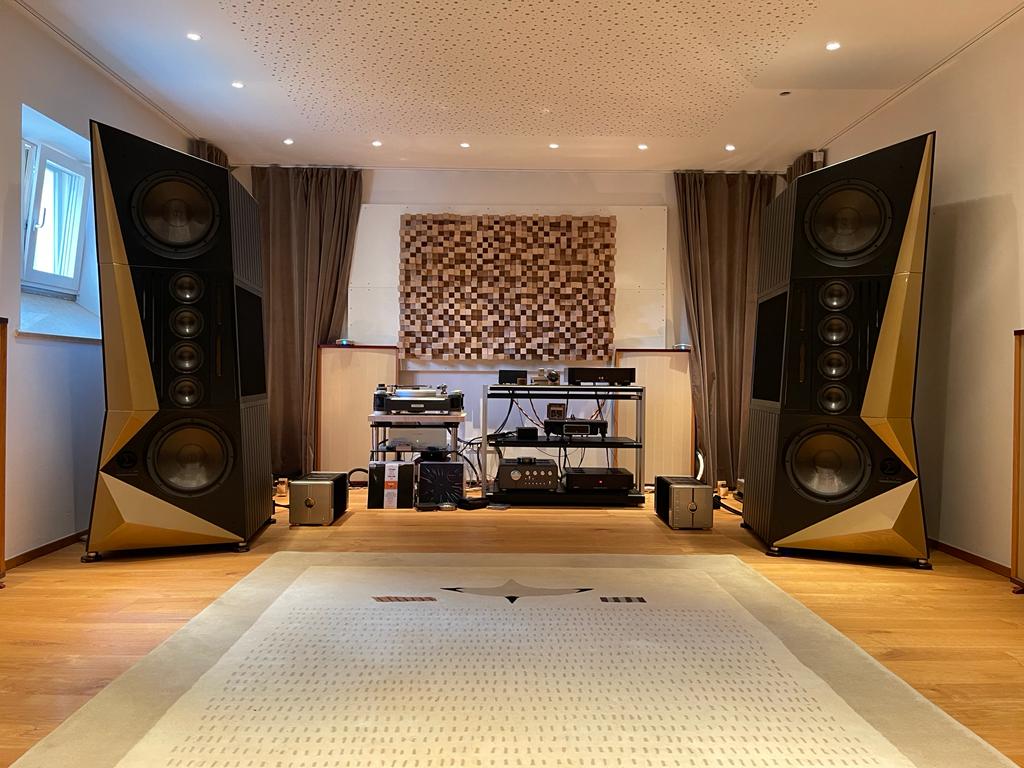
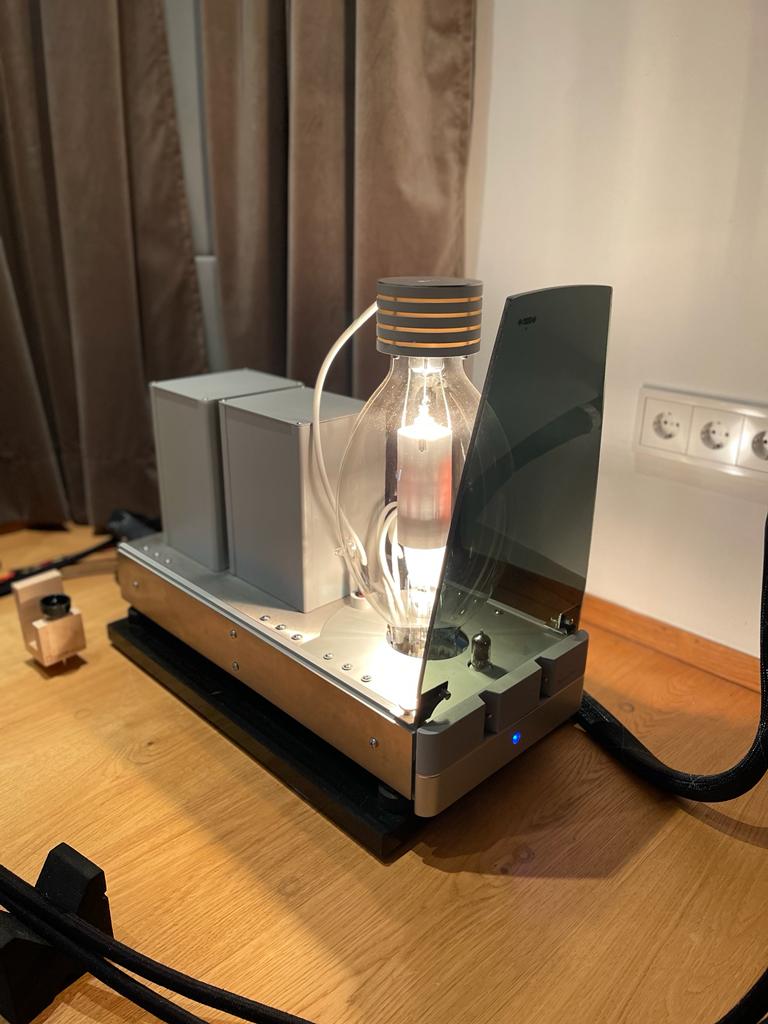
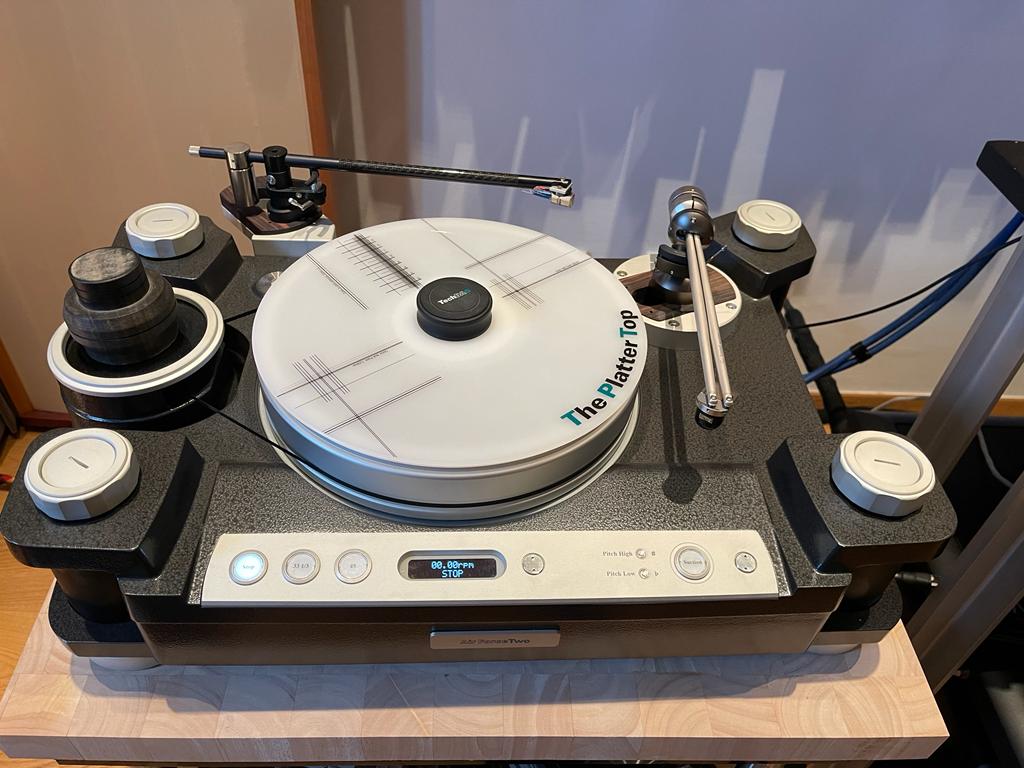
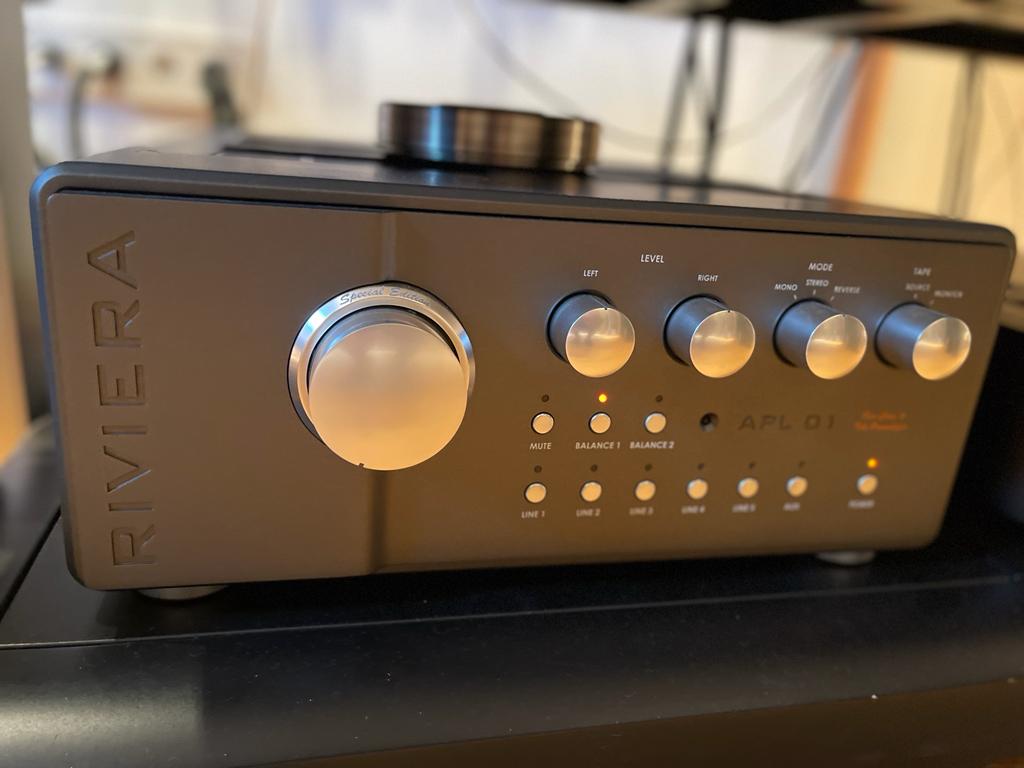
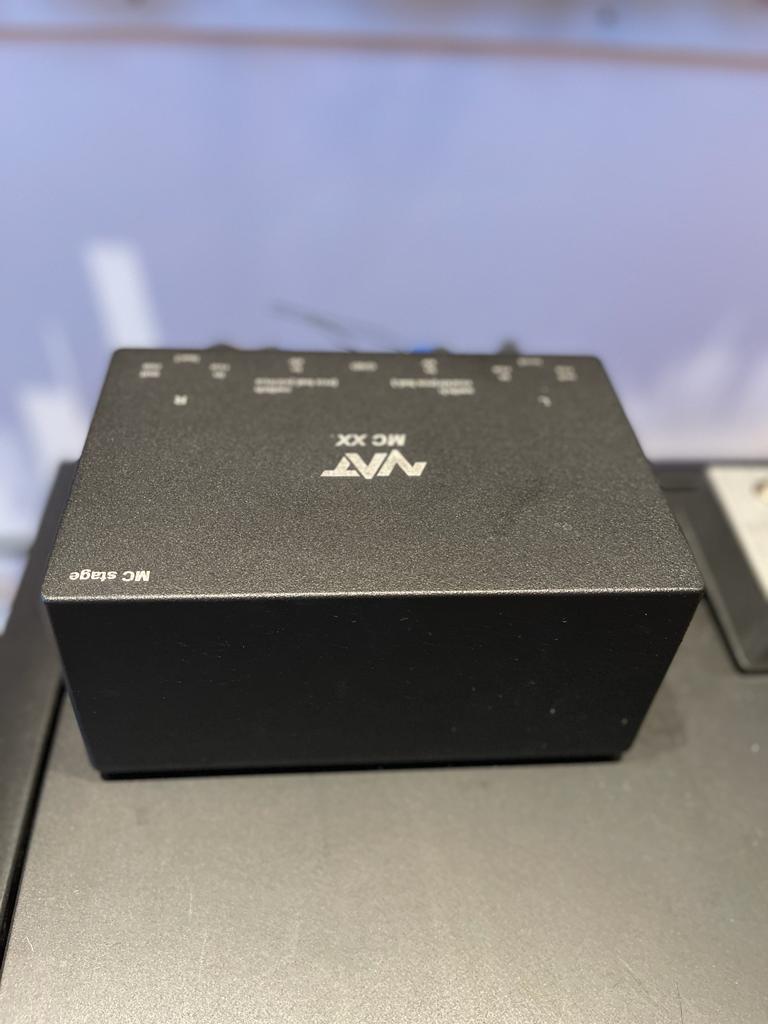
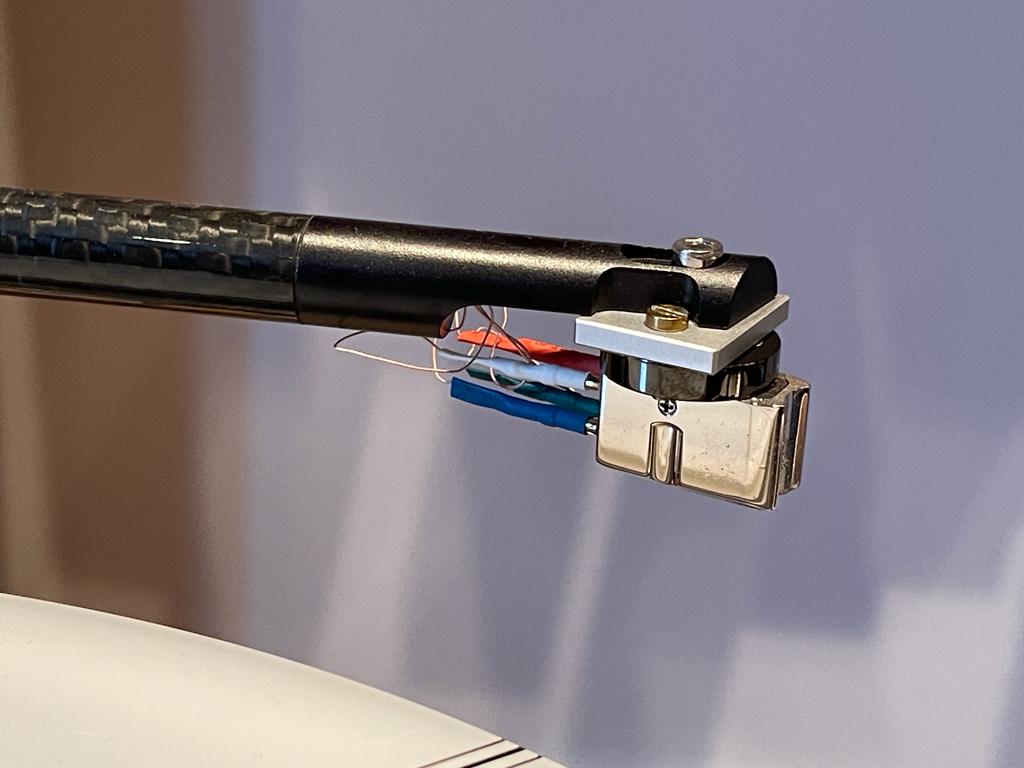
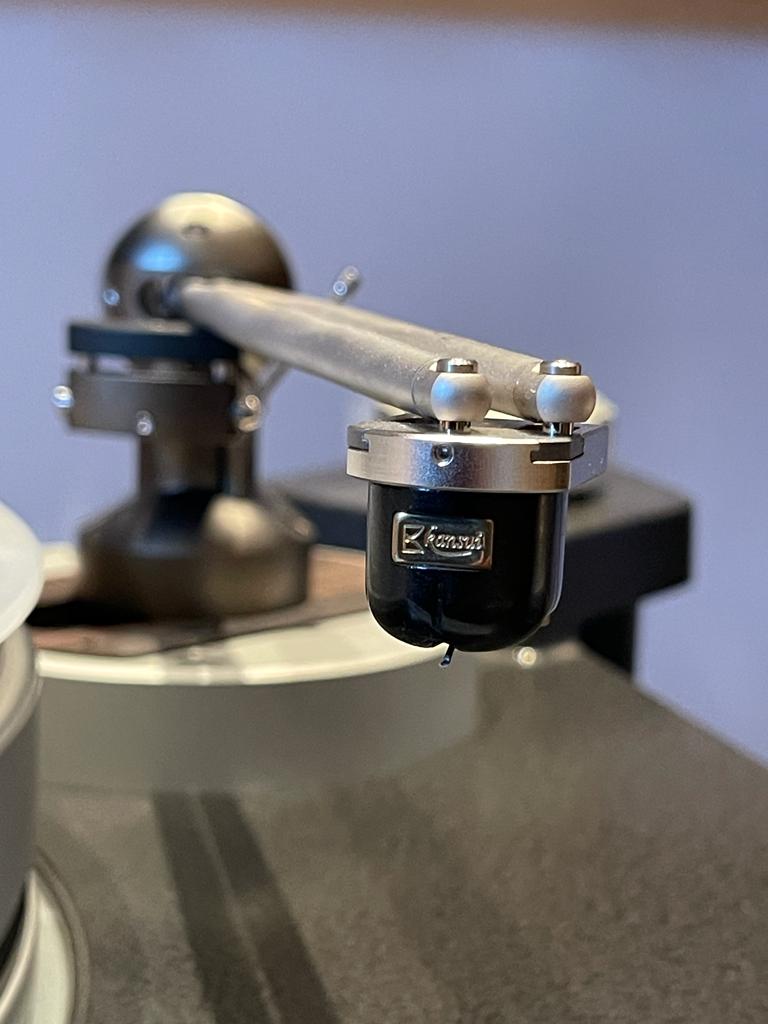
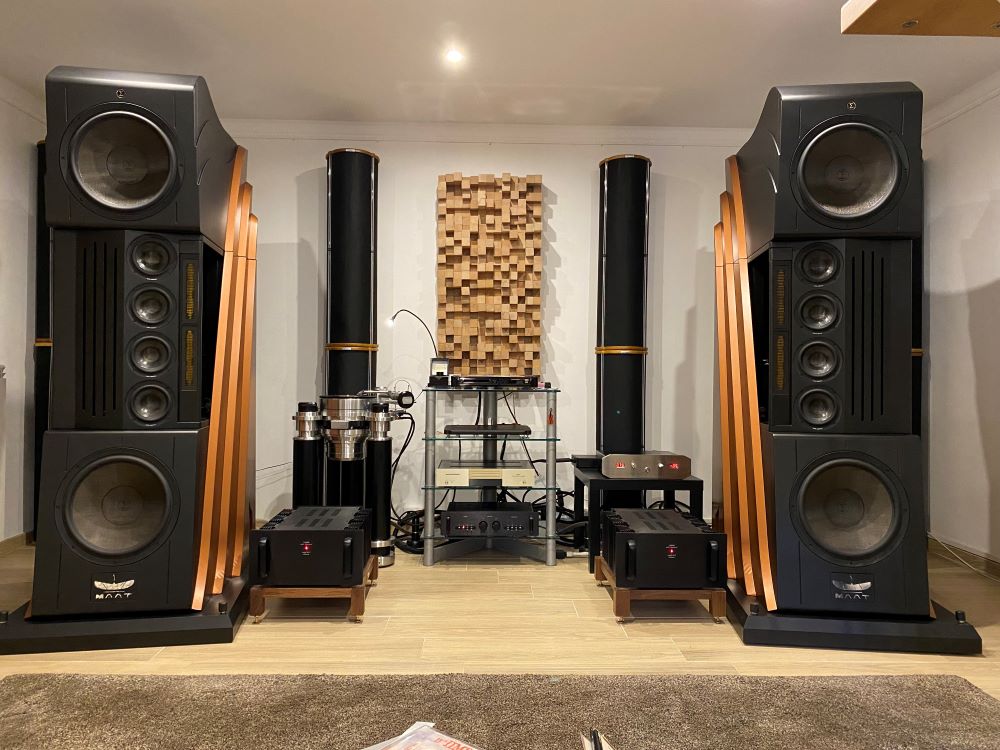
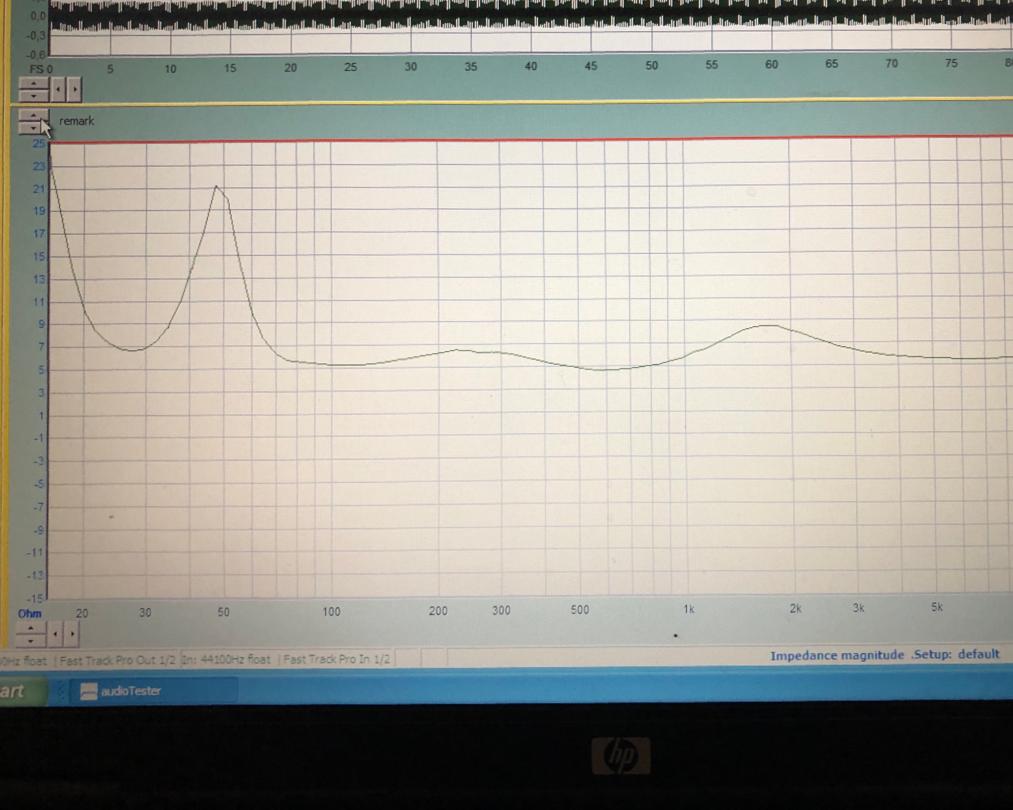
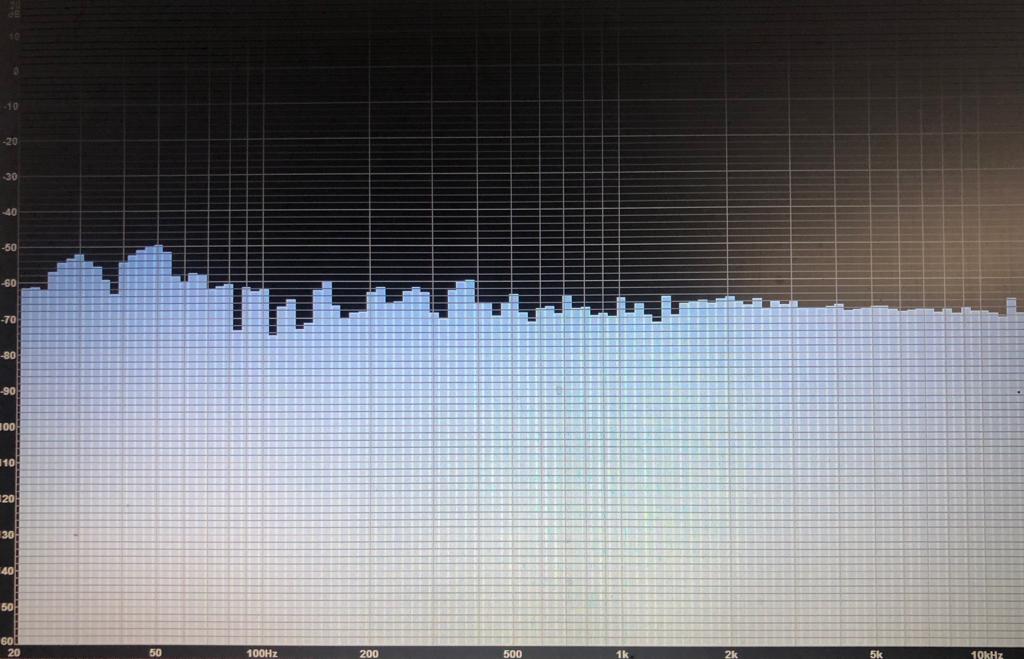
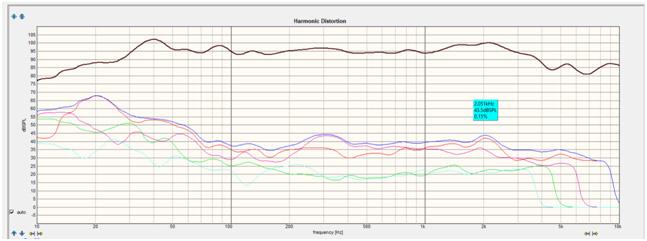
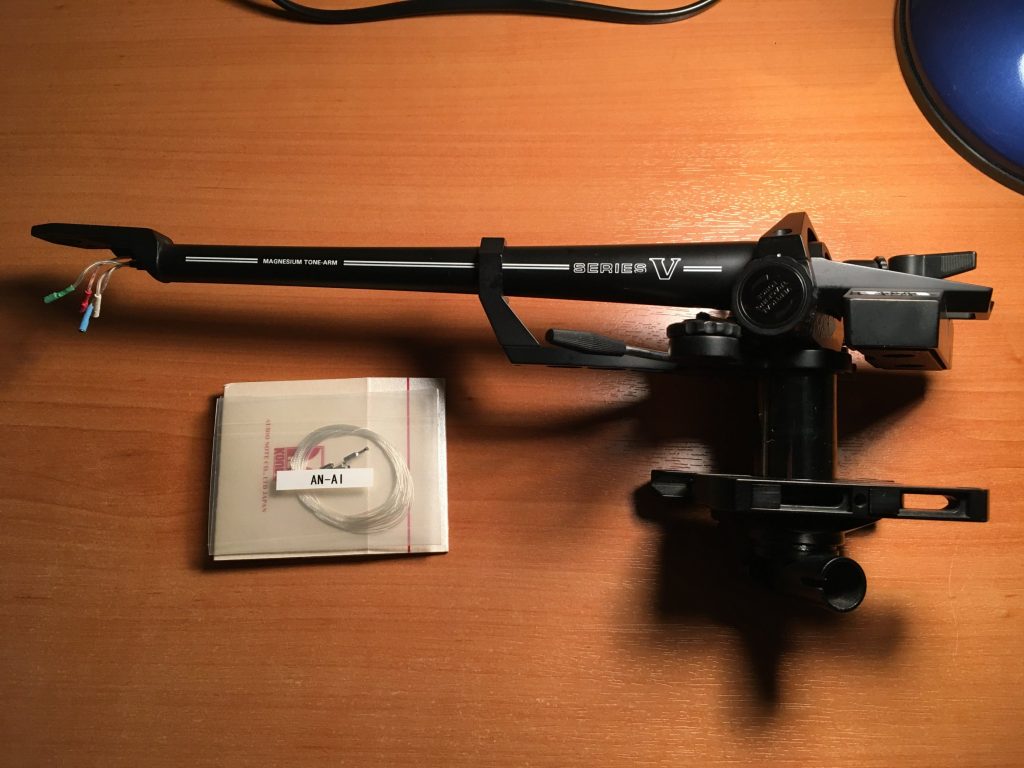
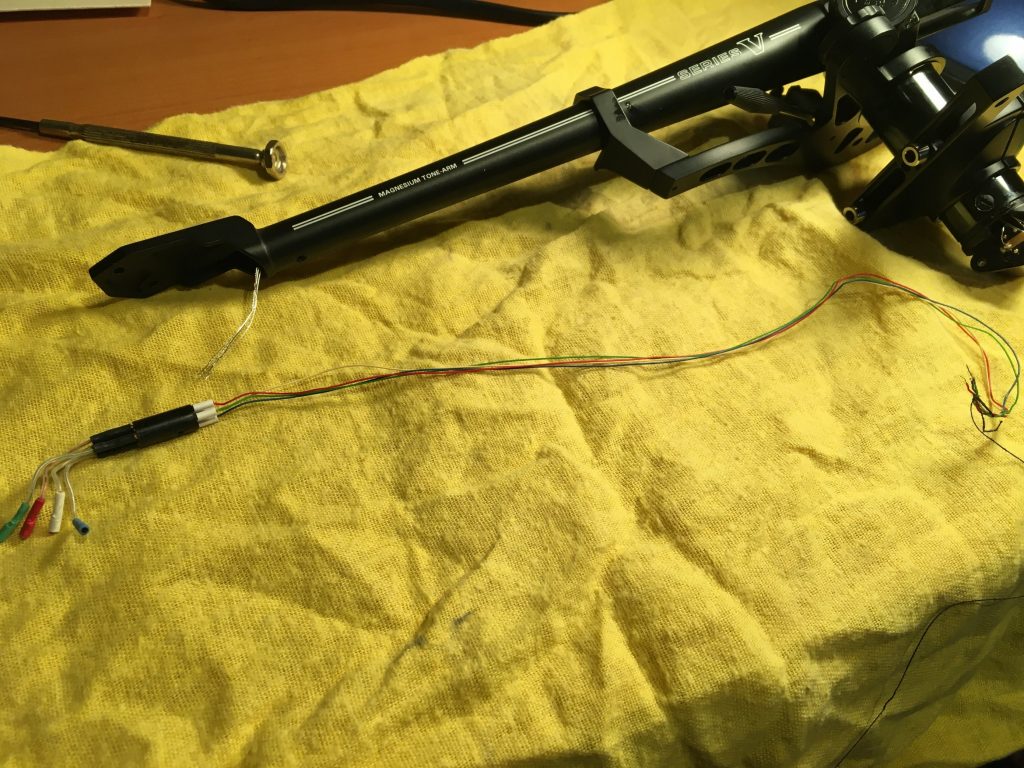
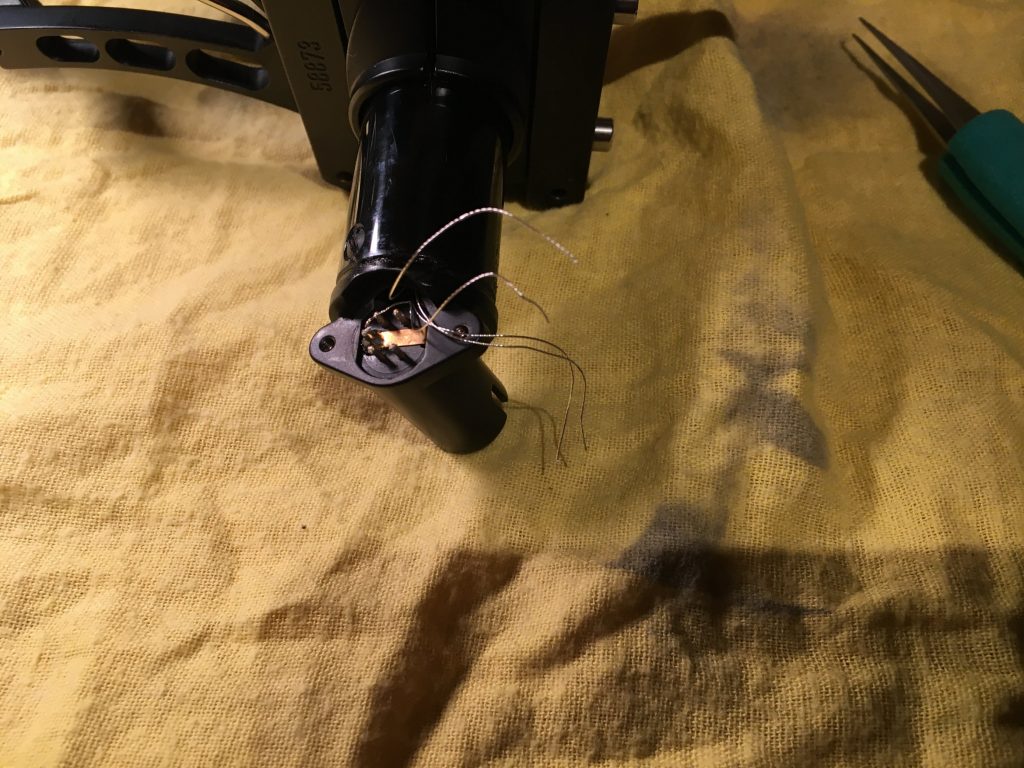

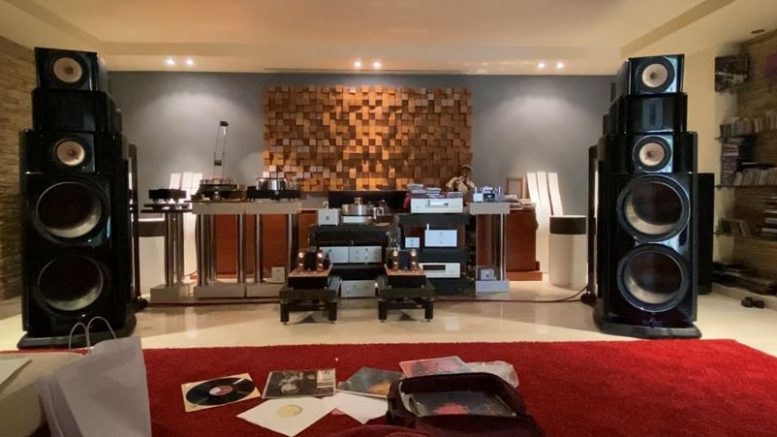
Do you have a preference between the Vector XAC and the Orchestra?
Yes of course, the Vector XAC due to the paper mids.